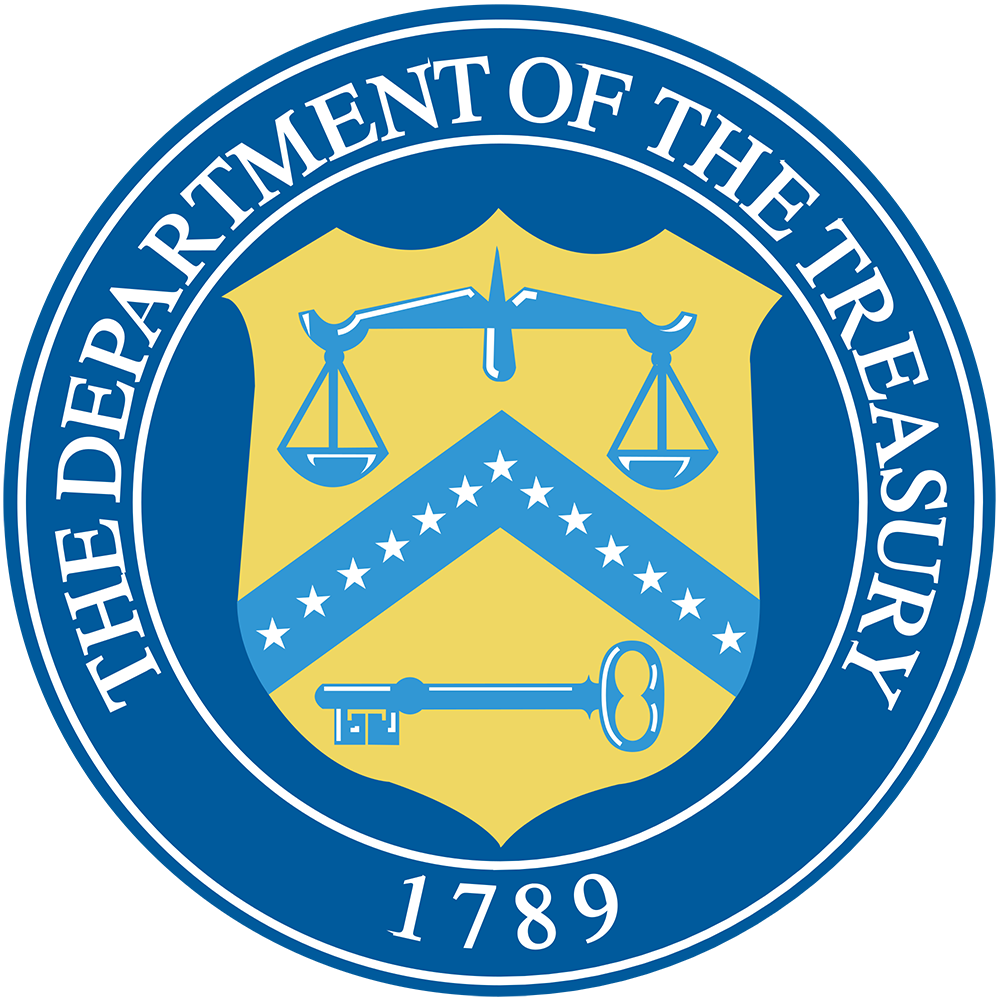Treasury Guidance on Emergency Rental Assistance Requires Third-Party Documentation of Income, Hardship

Today, the U.S. Department of the Treasury published a set of Frequently Asked Questions (FAQs) providing guidance on the $25 billion Emergency Rental Assistance (ERA) program enacted under the Consolidated Appropriations Act of 2021. Despite the seemingly unanimous urging of NCSHA and other organizations representing both grantees and low-income households, Treasury is requiring applicants for assistance to provide third-party source documentation evidencing income and their experience of unemployment or financial hardship due directly or indirectly to COVID-19.
NCSHA has consistently advocated that Treasury should specify grantees may rely on a household’s signed attestation that they qualify for assistance, subject to appropriate state and federal oversight and penalties. State HFAs administering emergency rental assistance programs in 2020 using various funding sources often relied on applicants’ attestations of their income and circumstances for eligibility purposes. Policies allowing applicants’ attestations allowed these programs to work more effectively in that assistance could be provided in a more timely manner, and made such assistance available to gig workers, employees of closed businesses, and those without internet access, all of whom may struggle to or may be unable to provide third-party documentation of income and need. NCSHA has been in contact with members of the incoming Biden Administration’s transition team to urge the new administration to allow signed household attestation of income and hardship as an alternative to third-party source documentation.
Other notable provisions in the FAQ include:
- Utilities and home energy costs include electricity, gas, water and sewer, trash removal, and energy costs, such as fuel oil; but not costs for telephone, cable, or internet;
- Grantees may provide prospective payments only for applicants if the applicant does not have unpaid arrears and do not need to eliminate all rental or utility arrears owed by an eligible applicant;
- Arrears may be paid dating back to March 13, 2020;
- Reasonable efforts to obtain the cooperation of a landlord or utility provider before making a direct payment to an applicant include making a request for participation in writing by certified mail and not receiving response with 21 calendar days of the mailing or making at least three attempts by phone or email to contact the landlord/utility provider over a 21-calendar-day period;
- The minimum information grantees must collect to meet the program’s reporting requirements (though Treasury will provide further instructions on this at a later time);
- Applicants who occupy a federally-subsidized or mixed-use property may receive ERA assistance (this appears to include residents of Housing Credit properties);
- If a household receives a monthly federal rental assistance subsidy — such as a voucher, public housing, or project-based rental assistance — and the tenant rent is adjusted to account for changes in income, the renter household may not receive ERA assistance. However, if the household receives rental assistance, ERA may be used to cover the tenant-paid portion of rent and utility costs not paid by the other rental assistance (NCSHA is requesting further clarification on this point);
- Grantees may provide assistance with utility costs to households that are not also receiving ERA rental assistance.
Contact Jennifer Schwartz with questions.

